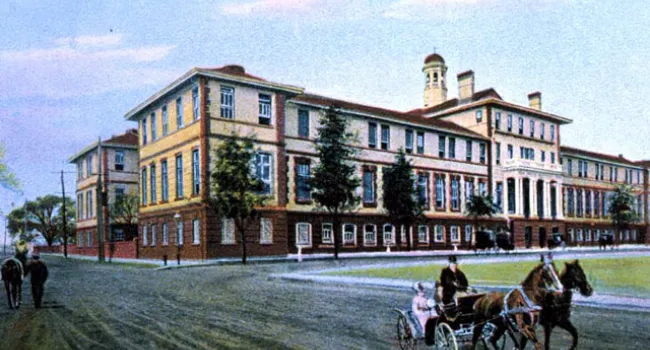
Photo
Roper Hospital, named after a Charlestonian who willed extensive real estate to the Medical Society of South Carolina (see The Medical College Of South Carolina) for the establishment of a hospital...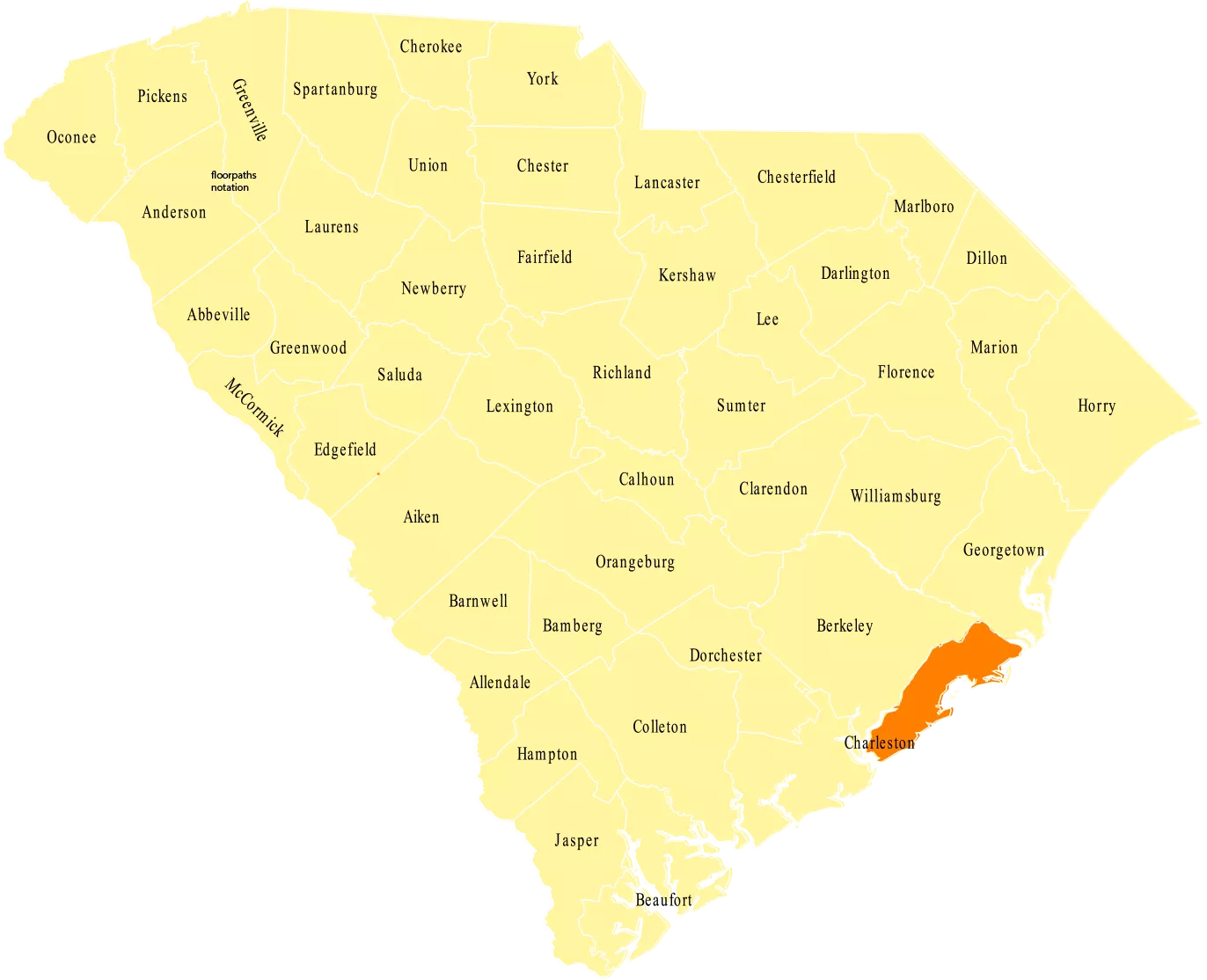
“Charleston County and the city of Charleston, its county seat, are the most historic locations in the state.” Situated in the Lowcountry, the county serves as a popular vacation destination but also relies on the business that results from its port. The area in general serves as a large cultural and economic hub for the state.
Charleston County was founded as Charleston District in 1769, and the district became smaller after some of its lands were used to create Colleton and Berkeley counties. The county and its seat were named after King Charles II.
The city and county are saturated with Revolutionary War and Civil War history. Three signers of the United States Constitution and two famous abolitionists resided in Charleston County, and the Civil War began when soldiers fired shots from the county’s Fort Sumter.

Photo
Roper Hospital, named after a Charlestonian who willed extensive real estate to the Medical Society of South Carolina (see The Medical College Of South Carolina) for the establishment of a hospital...
Photo
The Charleston Orphan House was founded in the late 18th century, but the main building pictured here was constructed between 1853 and 1855. The city abandoned the building in 1948 in favor of less...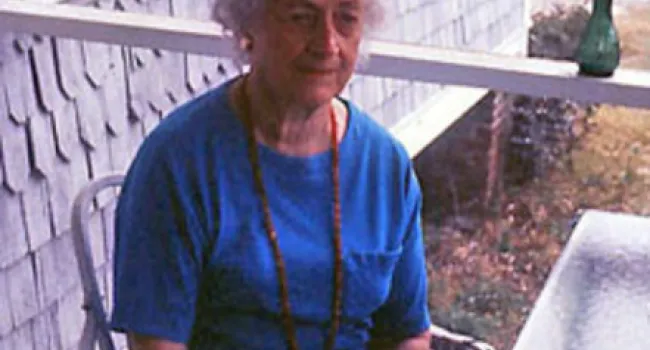
Audio
Story of girls whose mother didn’t want them to speak Gullah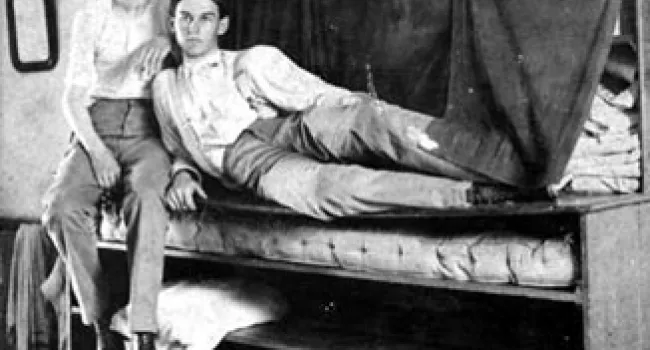
Photo
Citadel Cadets show one of the dormitory rooms in the original campus, with mattresses neatly stacked in storage shelves, 1898-1902. The Citadel moved from its downtown campus to a new 200-acre campus...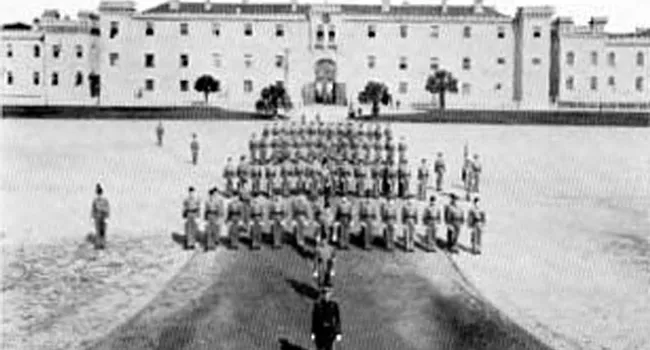
Photo
The Citadel in 1904. Its name is derived from the institution's origin in a fortress built to protect Charleston from slave uprisings. In the 1820s, after the Denmark Vesey plot of 1822...
Photo
The Avery Institute in Charleston. The Avery Normal Institute was established by the American Missionary Association in the spring of 1865, and initially named after the New York abolitionist Lewis...
Photo
An unknown man, Charleston County, playing the fiddle, around 1900. By rights this photograph should be of a banjo, whose origins are indisputably African. As early as the late 17th century, records...
Photo
Middleton Place was one of the great plantations along the Ashley River. A three story brick house was probably built around 1705 by John Williams. His daughter married Henry Middleton and after their...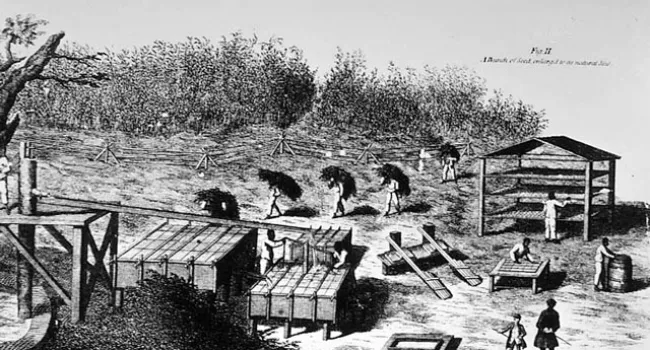
Photo
This engraving, also from the 1785 Henry Mouzon map cartouche shows all the main steps in the production of indigo. The plants were harvested in bundles before the stems became woody, then immediately...
Photo
Beginning in 1740, experiments by Eliza Lucas (who later married Charles Pinckney - see Charles Pinckney's Town House) led to the successful cultivation of indigo, the source of a rich blue dye so...